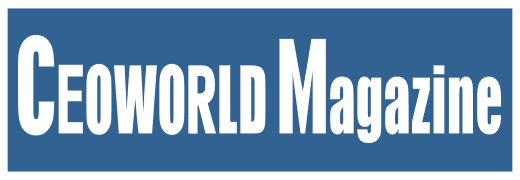



Feature Story
More feature stories by year:
2024
2023
2022
2021
2020
2019
2018
2017
2016
2015
2014
2013
2012
2011
2010
2009
2008
2007
2006
2005
2004
2003
2002
2001
2000
1999
1998
 Return to: 2020 Feature Stories
Return to: 2020 Feature Stories
CLIENT: VISURE SOLUTIONS
Mar. 27, 2020: CEOWORLD Magazine
COVID-19 is affecting people and businesses all over the world and will most certainly impact the global economy in ways we still can’t even begin to imagine. Certain paradigms will shift for the rest of our lives. Some companies have found it hard to transition to a Work-From-Home (WFH)-friendly environment. In a matter of one week, companies have realized (or have been forced to) that working remotely was an option with the right tools. This is where Requirement Management platforms come into play.
What is the future of Requirement Management platforms amidst the spread and aftermath of COVID19? Here are three ways Requirement Management platforms are changing:
The same applies to ADAS – based on different parameters, a DNN will learn how to drive and “decide” what to do in different situations. This poses a gigantic principles issue when it comes to regulations. Most safety regulations are based on the fact that you have a clear understanding of how the system will behave, meaning that you can test the system against the specifications and clearly determine that if the output of the tests meet the expected results, then the system is safe. With ADAS, when asking how your DNN will behave in any given situation, the answer is, simply, “we can’t possibly know.” Whether the machine will stop in front of an obstacle or try to overpass it is something that we just don’t know. Not only that, but tomorrow, it might behave in a different way than it does today. However, we do know that the DNN will keep learning and eventually behave better than a human, providing a safer and quicker response.
In order to demonstrate that these systems are within certain ranges of safety, we will need to demonstrate that basic requirements are somehow met by the DNN, such as traffic regulations and driving best practices, as well as guarantee that all possible hazards are taken into consideration and appropriate mitigation measures are put into place. Requirements Management platforms will also play a fundamental role in the development of DNN and ADAS, by tracking these basic requirements and the mitigation of potential hazards in the implementation. Requirements Management platforms will offer integration with the simulation of scenarios where we will be able to observe how the system will behave in certain situations and validate that our premises are met, and the outcomes are satisfactory.
We simply cannot begin to grasp what the future will look like and what the impact of this new situation will be in the business world, but we do know that it will change. Survival is not mandatory. Organizations that are likely to stay in business are those with the capacity to adapt to change. Many large organizations will have to behave as startups, re-imagine their markets and change their value proposition.
Requirements Management platforms will have to facilitate an agile approach to business, while maintaining an efficient development process. For regulated environments, this may mean even shorter times-to-market, more imaginative prioritization of business demand and, potentially, integration of design thinking processes into the development process. As industries and companies are trying to adapt to these changing times, Requirements ALM will remain a cornerstone for the cohesiveness of teams and the effectiveness of their processes. This may help companies pivot towards new business models, minimizing organizational stress.
In the meantime, Requirements ALM platforms will face the responsibility of engaging new and diverse stakeholders and supporting the needs of heterogeneous departments with different processes and goals, in one single, comprehensive environment. In the meantime, stay calm and stay safe.
Return to: 2020 Feature Stories